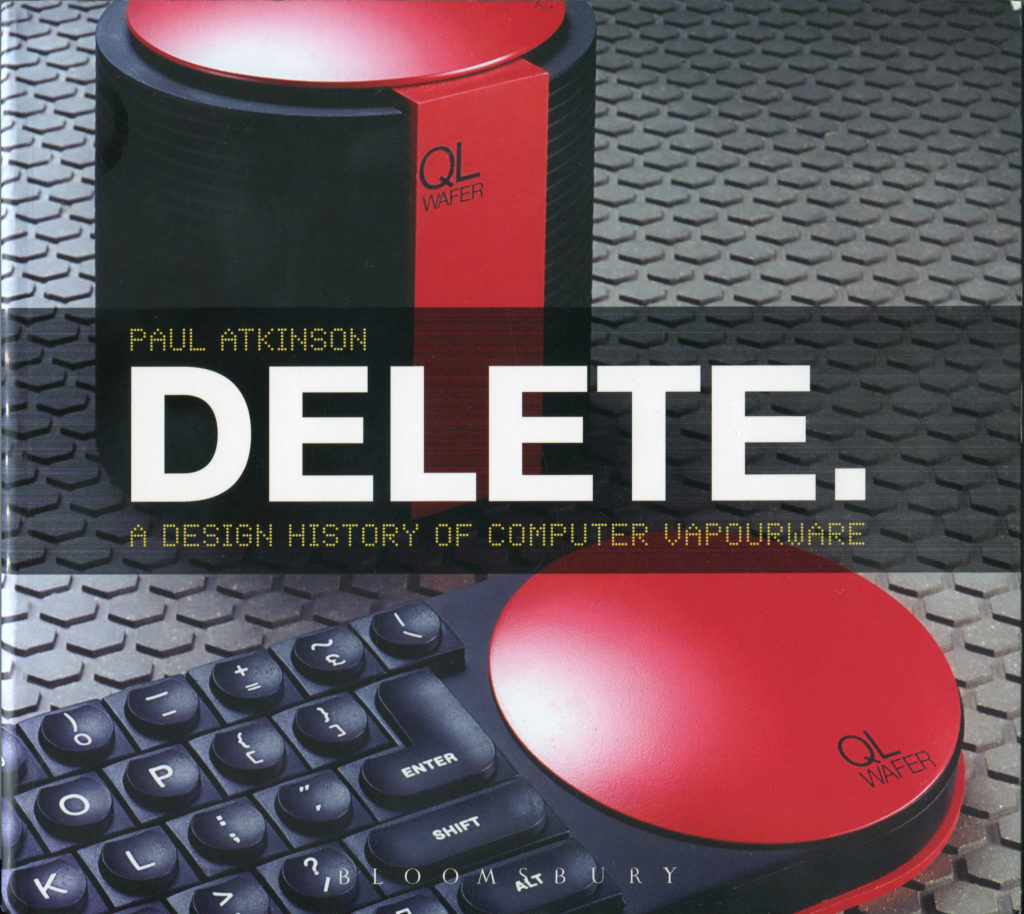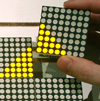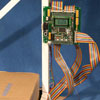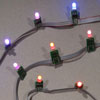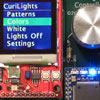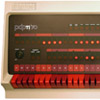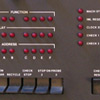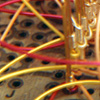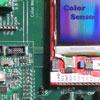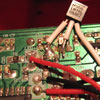Even if “history is written by the victors”, that doesn’t mean the losers don’t have interesting stories to tell. Delete – a Design History of Computer Vaporware is the story of various computer systems that either never saw the light of day, or saw relatively little of it. This is one of the most unique computer history books I’ve run across.
The book introduces the concept of vaporware – systems promised but never delivered. It starts off with the grandfather of all computer vaporware, Babbage’s difference engine. Conceived in the early 1800s as a way to accurately print mathematical tables, Babbage kept tweaking and improving the design, instead of finishing it. The device became a moving engineering target that was never hit, with only a small section actually fabricated in his lifetime. Undaunted, Babbage went on to conceive the Analytical Engine, a full programmable computer made of shafts and gears. It was never fabricated.
From there the book moves on to the evolution of computers post WWII. The book covers the developments in Europe, in particular several early computer projects in Scandinavia I’d never heard of before. As the early mainframes transitioned to minicomputers in the 60s and 70s, the book covers machines like Honeywell’s “kitchen computer”. Featured in the 1969 Neiman-Marcus Christmas catalog as an absurd home accessory, the vaporware product nevertheless generated a welcome shot of publicity for both Honeywell and the retailer.

Some of Atkinson’s best revelations surround the development of the personal computer in the 1970s and ‘80s. In the 70s, IBM created a bright yellow plastic PC prototype called the “Yellow Bird” and another colorful red machine, the Aquarius. These were designed in response to the success of early computers by Apple and Atari. They were much more charming than the bland white IBM PC of 1981, and featured (then) exotic technologies such as bubble memory for mass storage. Alas, neither made it out of IBM’s labs.
The book reviews the influence of Xerox PARC’s research in the 1970s. Their creation of the Alto prototype with bitmapped displays displaying overlapping windows is well known. Atkinson, however, also reveals the “Notetaker”, another Alan Kay design for a luggable computer with a keyboard fastening over the display screen on the top. This design was successfully commercialized by other companies, including Osborn, Kaypro and Compaq. From there, the book moves through PCs to pen computing in the 1990s, the precursor to today’s touchscreen phones and tablets.
Atkinson’s primary focus for much of the book is industrial design; what the devices looked and felt like. Often, the work of the same designer reverberated across multiple product concepts, even if it only rarely made it to store shelves. The book is beautifully illustrated, filled color photographs of ingenious computer designs. I did find a few minor quibbles with his history (Berkeley Unix fans won’t appreciate Sun co-founder William Joy described as a “fellow Stanford graduate”), but on the whole, he sheds welcome light on a fascinating swath of the history of computer design.
Published in 2013, Delete isn’t a new book. However, the evolution of physical computer design seems to have plateaued since then anyway. Phones – everybody’s primary computer these days – have devolved into featureless glass slabs. And one of my favorite computer designs, the Macbook Air, is over a decade old now. The vaporware covered in Delete had significant influence on today’s computer products, even if they never made it to the store shelves themselves.
